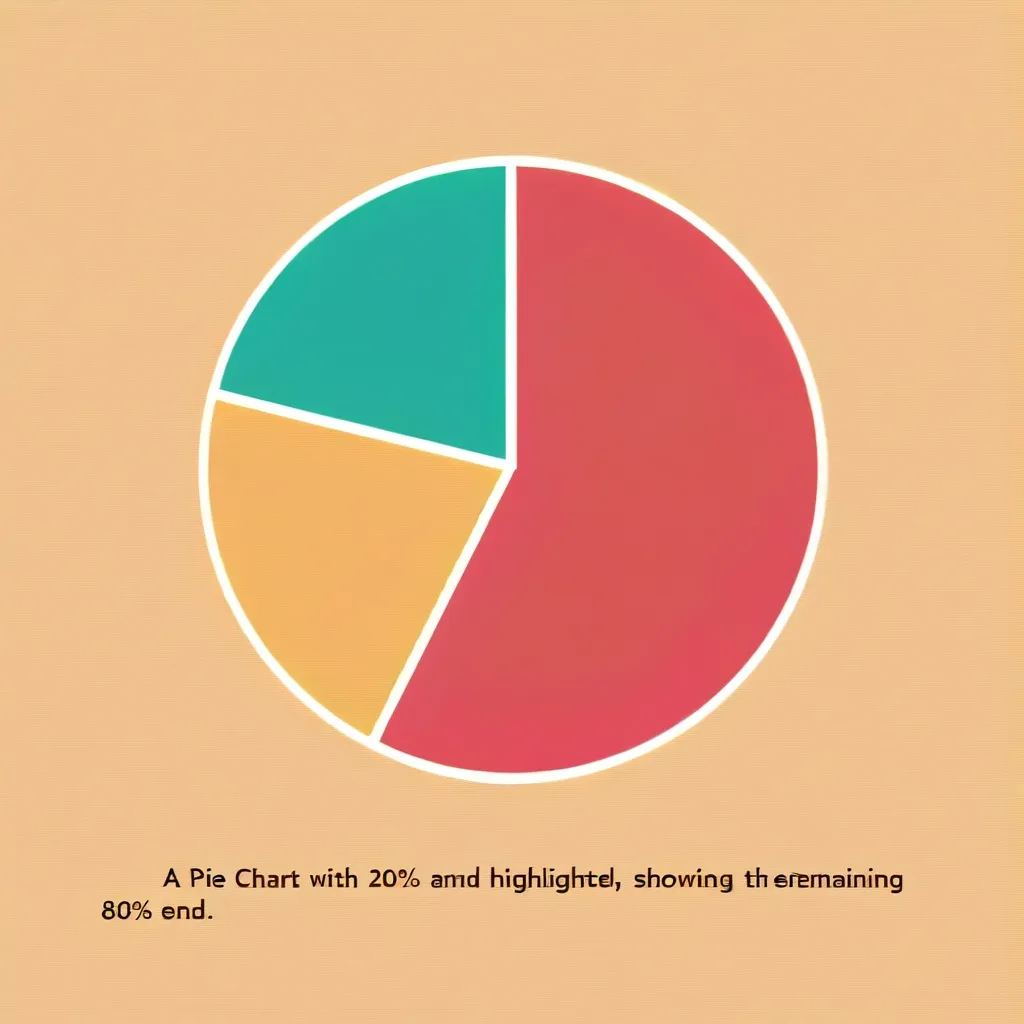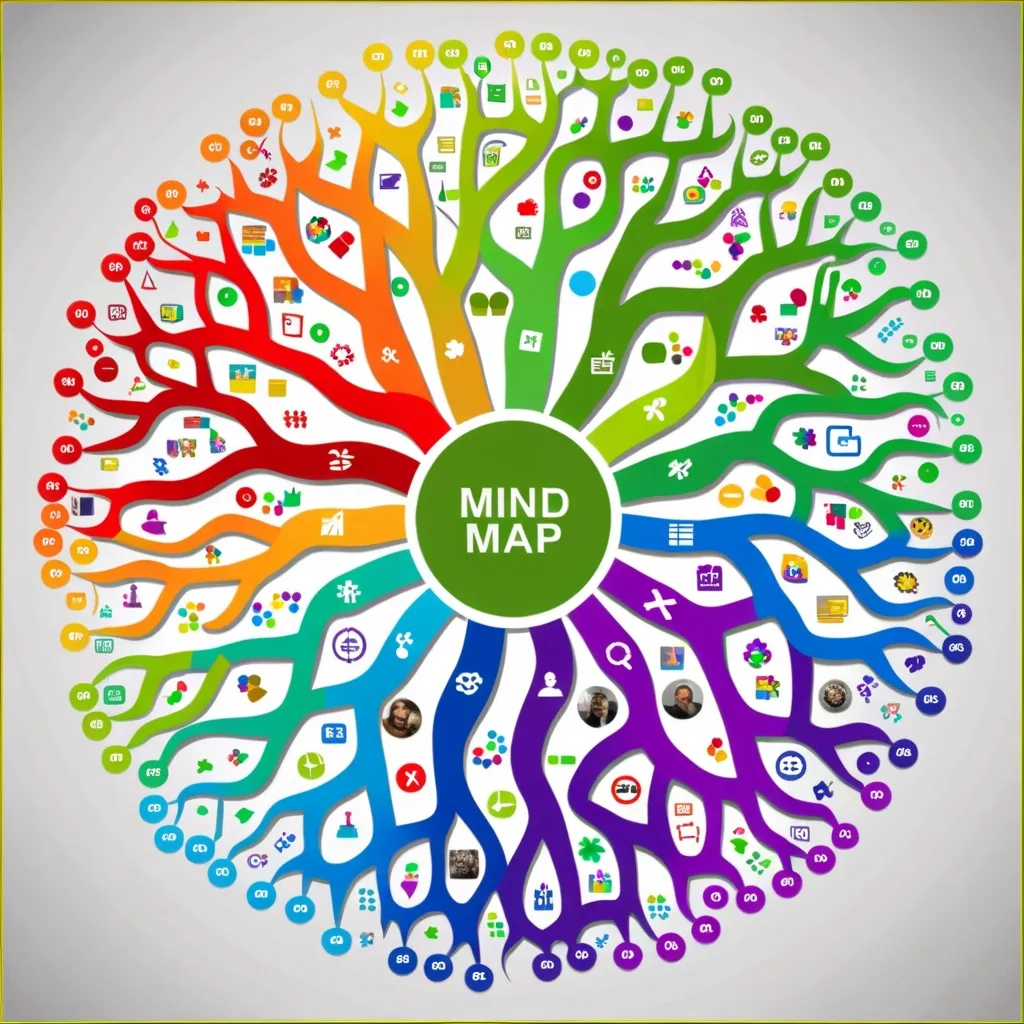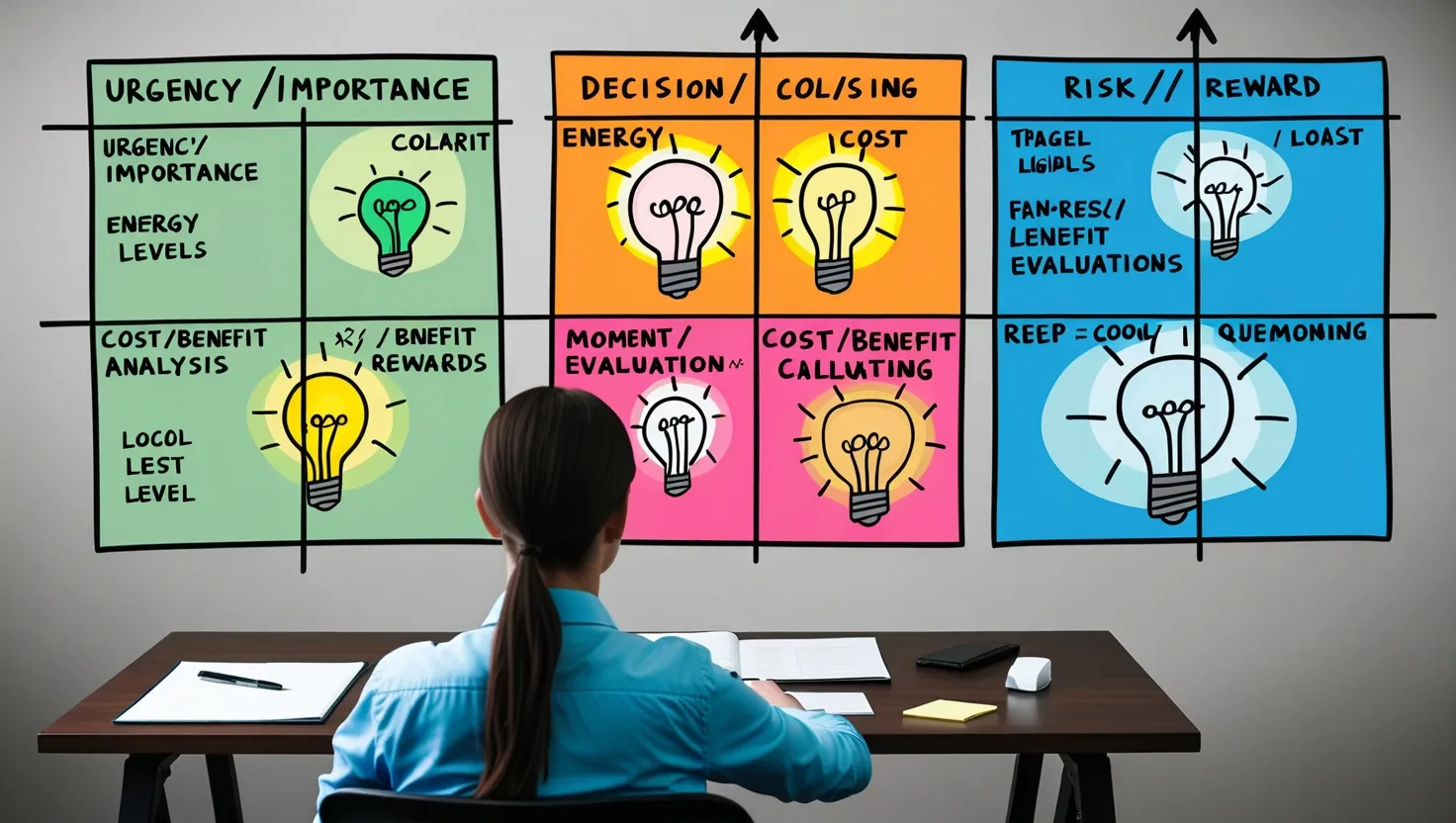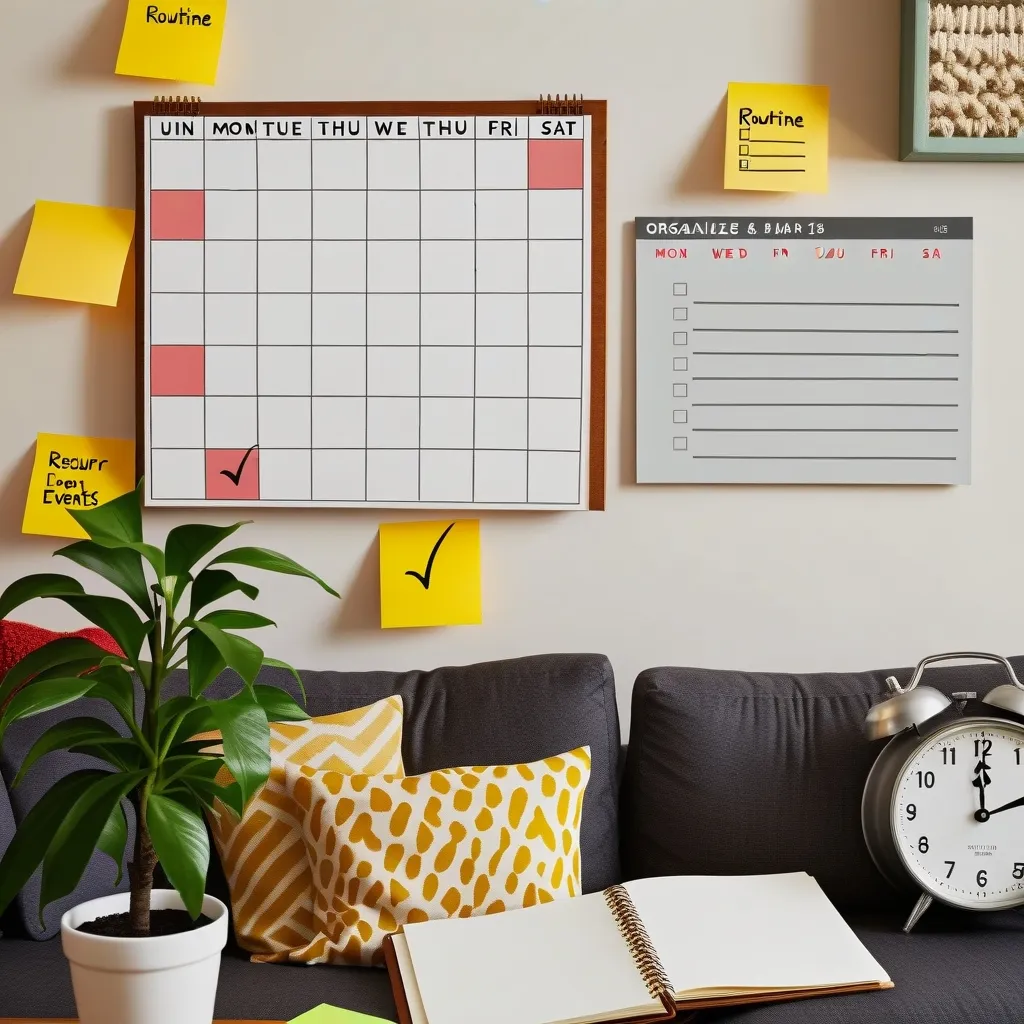It’s 9:00 a.m., and the morning hustle has begun. There’s a to-do list that seems to stretch into the horizon. But just before diving in, there’s that one WhatsApp message that needs a quick response. Opening the app, a flood of unseen messages appears, and suddenly, the looming pile of conversations becomes overwhelming. Instead of replying, there’s a quick detour to YouTube, diving headfirst into a 27-minute tangent about World of Warcraft’s fate in 2024. The clock ticks, and a mix of guilt and frustration sets in, alongside an unplanned coffee break, and soon, another distraction beckons.
This might seem all too familiar in today’s fast-paced world where we’re constantly bombarded with notifications, chat bubbles, and alluring video recommendations. In this landscape, maintaining focus feels like a superpower, and it’s crucial now more than ever.
The digital age has given rise to an unprecedented competition for our attention. Every app, website, and gadget is vying for a slice of our time, and amidst this chaos, staying focused seems like a mental marathon. There are so many things to keep up with, yet the mind tends to wander.
So, how does one navigate this sea of distractions and regain control over their focus? Here are five actionable, evidence-backed strategies to muscle up that concentration power.
Crafting a Ready-to-Resume Plan
Starting off, the idea of a “ready-to-resume” plan can be a game-changer. Research by Sophie Leroy in 2018, published in the Journal of Organization Science, explored how interruptions impact our focus. Test subjects were broken into groups and tasked with solving word puzzles (“Task A”), only to be interrupted and given a resume reviewing task (“Task B”). The kicker? Only one group devised a “ready-to-resume” plan before switching tasks.
Guess what? That group outperformed the others on Task B. Their brains weren’t bogged down by attention residue – residual thoughts and focus left on a previous task. This underscores why multitasking isn’t all it’s cracked up to be. It’s like trying to read while having one eye on a TV show – the brain struggles to fully switch context.
This technique isn’t just academic; many writers, including the iconic Ernest Hemingway, used it. Hemingway’s trick was never to stop writing at the end of a section. He’d stop mid-sentence so that coming back felt like picking up mid-stride, rather than starting from scratch.
The Sonic Focus Boost
In 2020, a study at the University of Toronto examined the effects of music on concentration. Different frequencies were tested to see if they influenced focus levels. Participants listened to music at 16 Hz and 40 Hz frequencies over separate days. It turned out, 40 Hz was the magic number, significantly boosting concentration compared to 16 Hz.
This relates to a phenomenon called binaural beats, where slightly different tones are played into each ear, resulting in the perception of a third tone. Curious souls can easily find 40 Hz tracks on Spotify or YouTube to experiment with.
Declutter Delirium
Imagine looking at two workspaces: one pristine and minimalist, the other cluttered and chaotic. It’s no challenge to guess which one promotes better focus. Professor Joseph Ferrari’s study, titled “Procrastinators and Clutter,” backed this intuitive truth. More clutter equates to more stress and, predictably, more procrastination.
A cluttered desk or a chaotic computer screen subconsciously gnaws at focus. A quick 10-minute declutter session can make a dramatic difference. The same applies digitally – a desktop filled with icons is mentally taxing. A quick digital cleanup can lead to a refreshing sense of clarity.
Harnessing the 90/20 Rule
Sleep research has revealed that both day and night, our bodies work in natural rhythms, alternating between periods of high and low alertness every 90 minutes. Nathaniel Kleitman discovered that aligning work sessions with these rhythms can optimize focus. Every 90 minutes of work should ideally be followed by a 15-30 minute break. It’s about maintaining a rhythm balance – full-throttle focus followed by strategic downtime.
While many know of the Pomodoro Technique, this 90-minute approach offers deeper, sustained productivity. Testing different iterations of this rhythm can help find a personalized sweet spot.
Holy Grail of Single Tasking
The final piece of the focus puzzle is single-tasking. Juggling multiple tasks isn’t just inefficient; it leaves behind mental residue that hampers the ability to focus on new tasks. A practical tip is to color-code tasks in a digital calendar. Blocks of similar colors denote singular focus activities, minimizing mental gear shifts throughout the day.
For example, one might designate the morning for writing, color-coded blue, and follow that with a green block for meetings. The goal is to achieve visual continuity that supports mental singularity, discouraging task-hopping and the resultant attention diffusion.
These strategies craft a toolkit aimed not only at tackling today’s focus challenges but also at fortifying against tomorrow’s. By crafting ready-to-resume plans, using strategic sounds, decluttering, syncing with natural rhythms, and embracing single-tasking, regaining focus isn’t just a dream. It’s achievable.
Facing down the modern world’s distractions, mastering focus transforms chaos into control. With each small adjustment, the mind sharpens its ability to hone in on what’s essential, allowing for a more productive, fulfilling life. That’s the real victory in an attention-deficit age.






